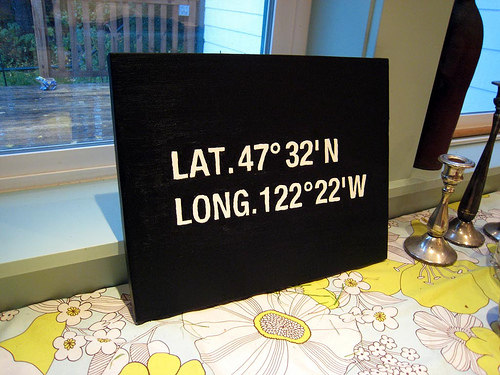This blog has info/questions/images about the Art & the Quotidian Object chapter from Eleanor Heartney's Art & Today book. This blog was created as a collaboration between myself and Lis Janes.
Monday, March 8, 2010
more Radicant images


Ceal Floyer, Peel, 2003 (after: Gerhard Richter, Turned Sheets, 1965)

Sylvie Fleury, Untitled (Mondrian Dress), 1993

Ivan Navarro, White Electric Chair, 2005

Bertrand Lavier, Empress of India II, 2005

Heri Dono, Pseudo Development's Anchestor. 2005 Installation

Pascale Marthine Tayou

Navin Rawanchaikul's Tribute to Narvin Kimball

Sam Durant

Allen Ruppersberg
One of Many - Origins and Variants
One of Many - Origins and Variants
more Radicant questions
1) Is it possible to interpret something the way an originator intended? How or does this interact with the "cultural rain" we experience?
2) Is the found object a readymade or an appropriated object or its own object? How or this play into Bourriaud's distinction between the two?
3) Can an object be indifferent? If we are constantly experiencing cultural rain, then isn't everything we encounter loaded?
4) Do forms always lead to greater understanding or are they a way for us to cope with understanding to a point?
5) In a capitalist system will it ever be possible, even through appropriation, to completely abolish ownership?
6) If economic development is the primary fracture in the global art world then can a well financed or independently wealthy individual from an industrialized or an under-industrialized nation represent that environment? Wouldn't that person represent a minority that more closely resembles an artist from a informationalist nation?
7) Can an archipelago exist without multiculturalism?
8) If signs are the culture of sharing forms, how do/can they change in different cultures? Will a difference be eradicated in a true archipelago?
9) If a continued exchange of goods creates a constant state of merchandise does the idea of property/ownership become transitory?
10) Is it possible to use a sign the way it was originally used?
Monday, March 1, 2010
Radicant Images


Cameron Jamie, Spook House (Hangman), 2003. C-print
Paul Chan, 2nd Light, 2005

Richard Long Berlin Circle 1996 [detail of installation in the Hamburger Bahnhof]

Radicant Questions
1) How does Richard Long's legacy play into the historical background of the journey aesthetics?
2) Is our current state realized (as described as Cota: Revocable Aesthetics, p.104) by all? Does this matter? Is it generational?
3) Bourriaud seems to support his theory through examples of art, and references/descriptions of social and political theory. Is it relevant to question his lack of reliance on describing how our world is acting this way through real life examples, like events, the prevalence/impact of how we experience media, etc.?
4) If people view and believe that history as presented is true then doesn't that make them connected to/rooted to a past that is not as transient as Bourriaud describes? Is their link to history real even if it is fictional? On page 107 Bourriaud qwotes Pierre Hughe who said, "fiction is a means of capturing the real."
5) Are items "informed" by their journey if we do not know what their journey was? (p.127)
Subscribe to:
Comments (Atom)
